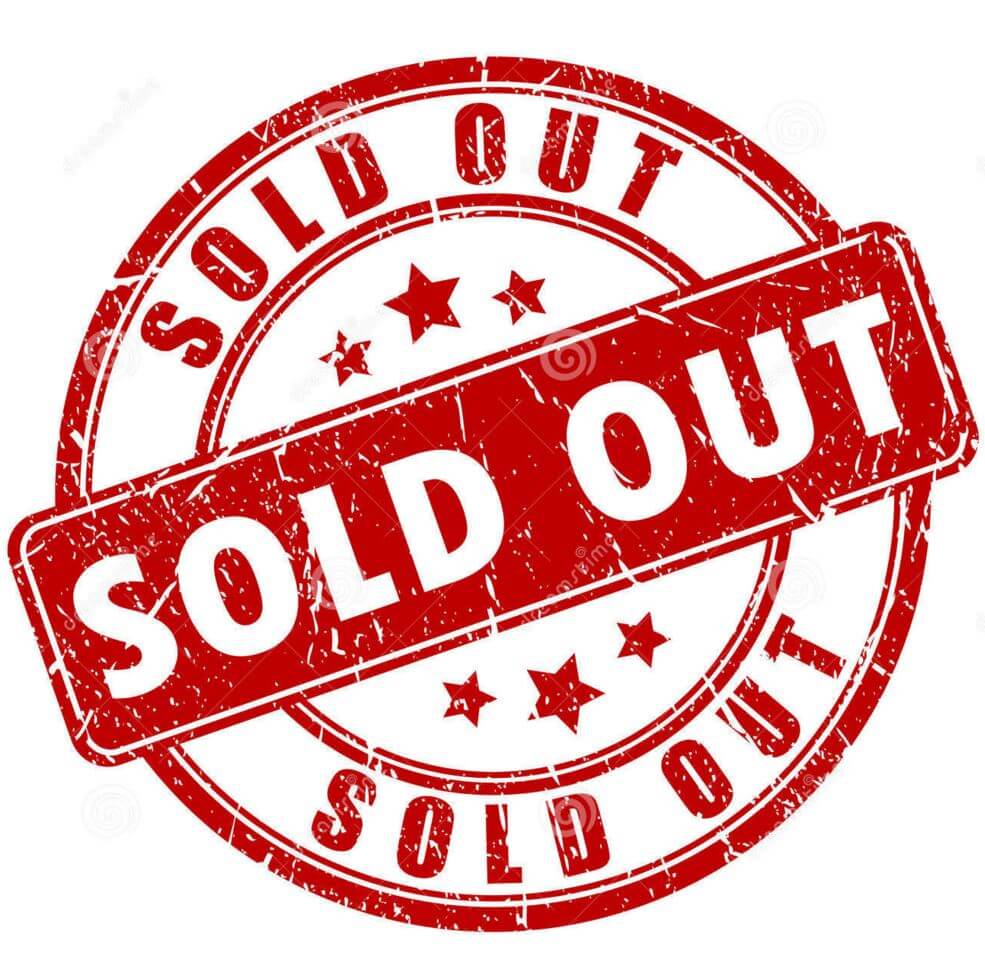80% of UK consumers have gone to an online store to buy a particular item and found it unavailable, according to Out Of Stock Paradox from GT Nexus in association with YouGov. It’s even higher in-store at 83%, and overall 21% of UK adults have encountered out-of-stock items ‘often’ or ‘very often’ in the last year. 65% of shoppers who experience online stock issues will go elsewhere to buy the product. The clothing retail sector is the most frequently affected industry, with 34% of footwear or clothing customers left frustrated by stock difficulties.
When you look at this in terms of monetary value, stock unavailability costs retailers £420bn worldwide, with £108.4bn lost in profits in Europe alone according to Retail analyst IHL Group.
There is a lot of talk about how the supply chain needs to better understand consumer demand and align the flow of products in line with this, which is a sentiment I completely agree with. However, once you have got it wrong there is little said about how you can suppress demand until you correct the supply chain problem.
When reviewing the digital space there are several ways you can help curb or satisfy demand.
1. Stop promoting a product that is out of stock
Stopping the demand for specific products at source is probably your best bet to avoid disappointing your customers. Successful digital marketing delivers sales through the long tail keywords, keywords that are specifically targeting products or niche categories. Pausing this marketing activity when stock is unavailable can be a significant challenge, however, if you integrate these keywords with your product feed, the process can be automated. This improves marketing efficiency, and avoids disappointing customers as soon as they arrive on your site.
2. Show alternatives which are in stock
If a customer arrives on your site to find that the product they wanted is out of stock, then showing replacement or alternative products can prevent the customer from leaving the site and buying from somewhere else.
3. Direct the customer to store where stock is available
A number of retailers are very good at offering alternative mechanisms for ordering. Argos, for example, presents the customer with the ability to get home delivery or pick up in-store, therefore increasing stock levels by showing availability across multiple locations.
4. Offer a pre-order option for when the product is back in stock
Pre-order functionality is a significant part of some retailers’ businesses, e.g. Amazon and Rakuten (formerly Play.com), but this is primarily used for products available on pre-release. It’s a less common practice when it comes to out of stock items. By having a good understanding of your supply chain you can enable customers to place orders right back to the factory; a tactic that has long been used for car sales.
5. Offer email notification when the product is back in stock
A very simple but effective technique is to capture contact details so you can inform the customer when the product becomes available again. This is especially useful if it’s not a distress or time-based purchase.
As part of Summit’s award-winning Forecaster technology, we have developed the functionality to align marketing activity with available stock. Forecaster automatically pauses marketing activity on products where stock is unavailable, and re-invests the money it was forecasted to spend into other areas of the campaign. This increases campaign efficiency and ensures the highest possible return on investment.

